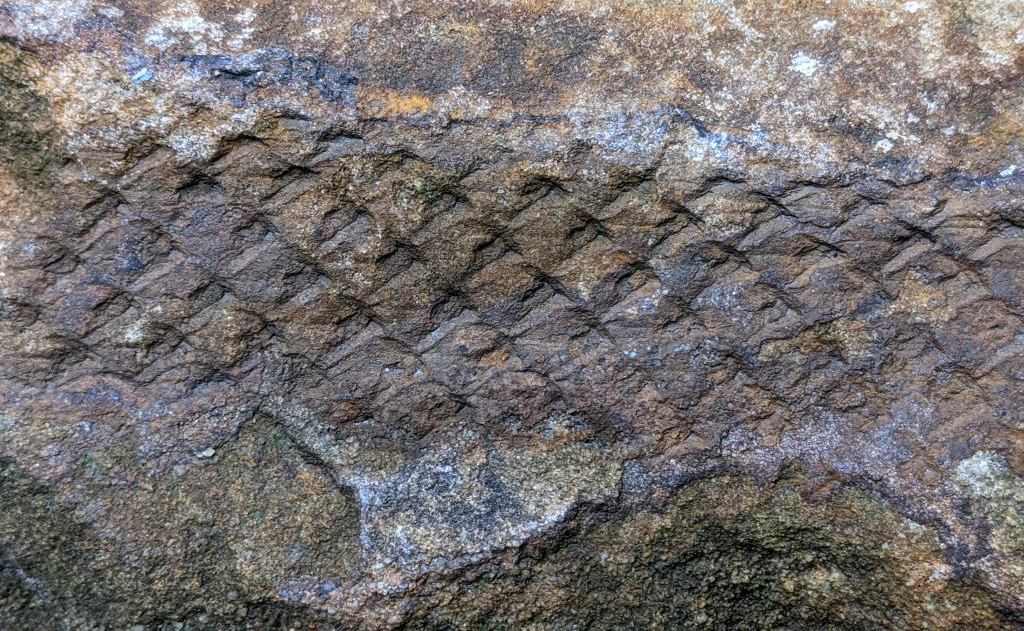
10 August 2022
Sometime this summer the Department of Public Works placed a large sandstone rock at the base of the stairs behind the Schenley Park Visitors’ Center. The prominent fossil facing the stairs tells a story about life in Pittsburgh 300 to 330 million years ago.
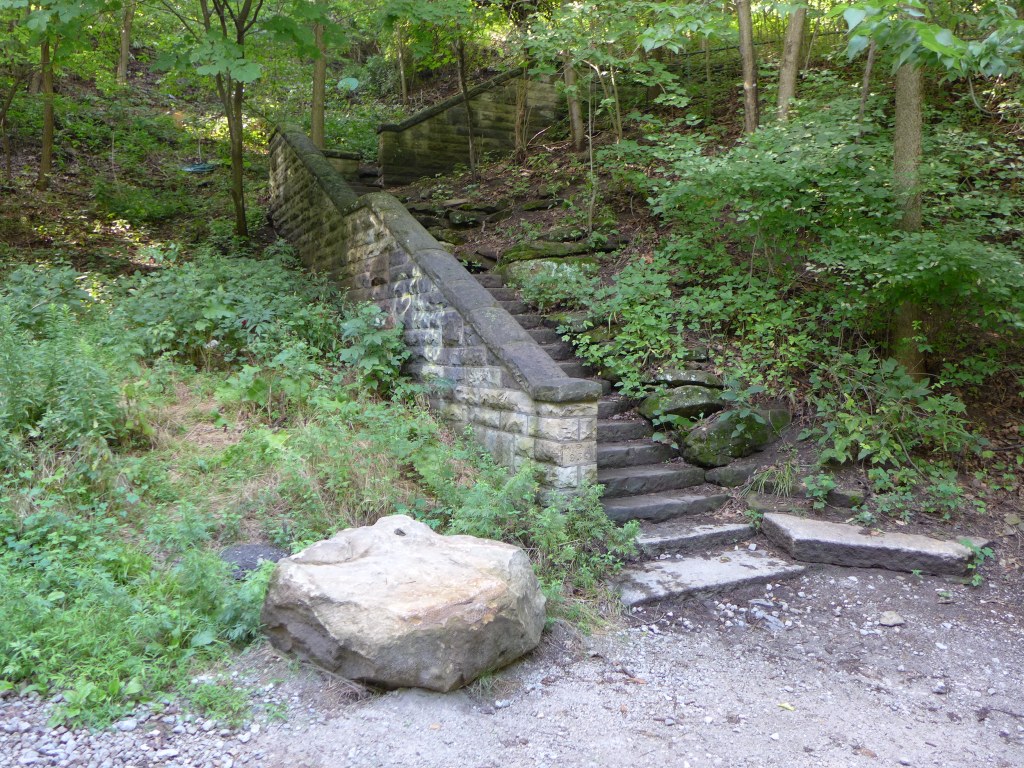
During the late Carboniferous period, while this rock was still sand, a Lepidodendron tree fell on it. Lepidodendron had scales on its branches and trunk that left impressions in the sand, illustrated below in increasingly fine detail.
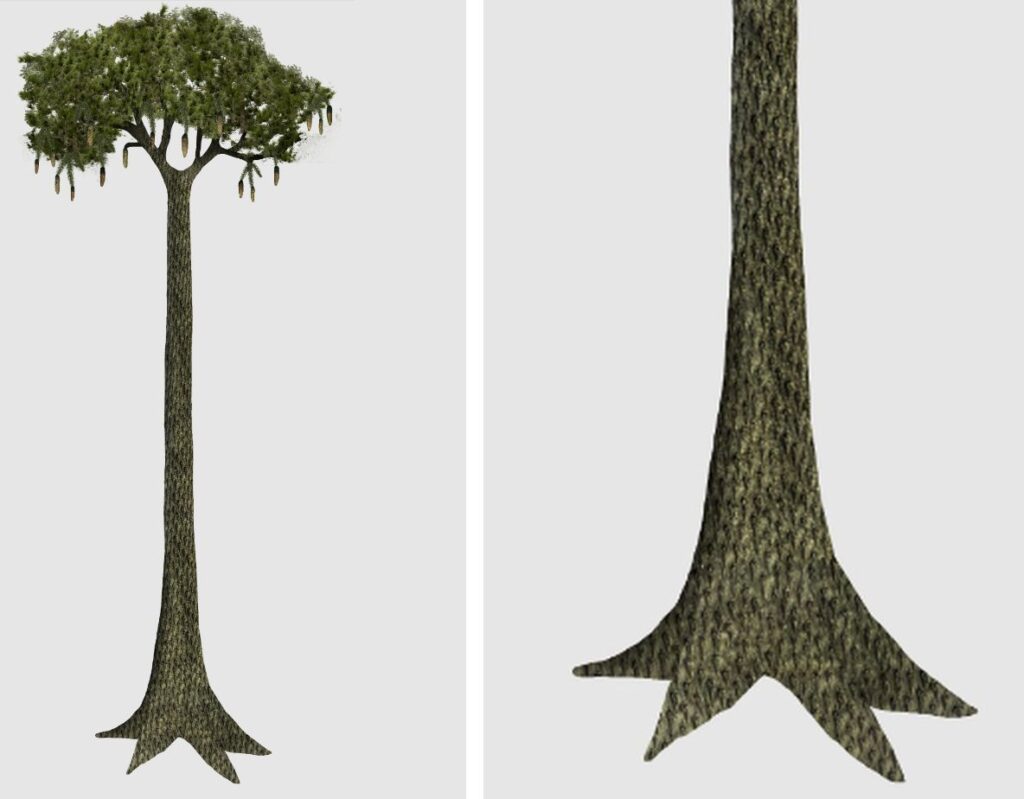
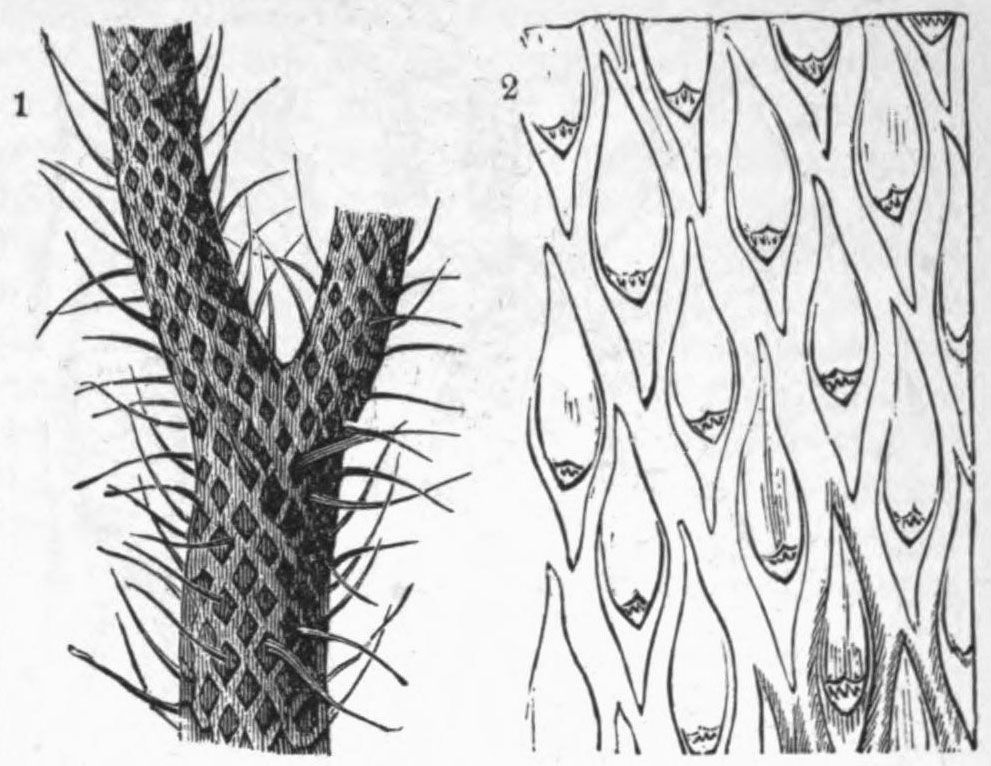
The sand became sandstone and in the early 21st century the rock separated from its fellows thereby exposing the fossil. This rock many have fallen at the Bridle Trail rockslide.
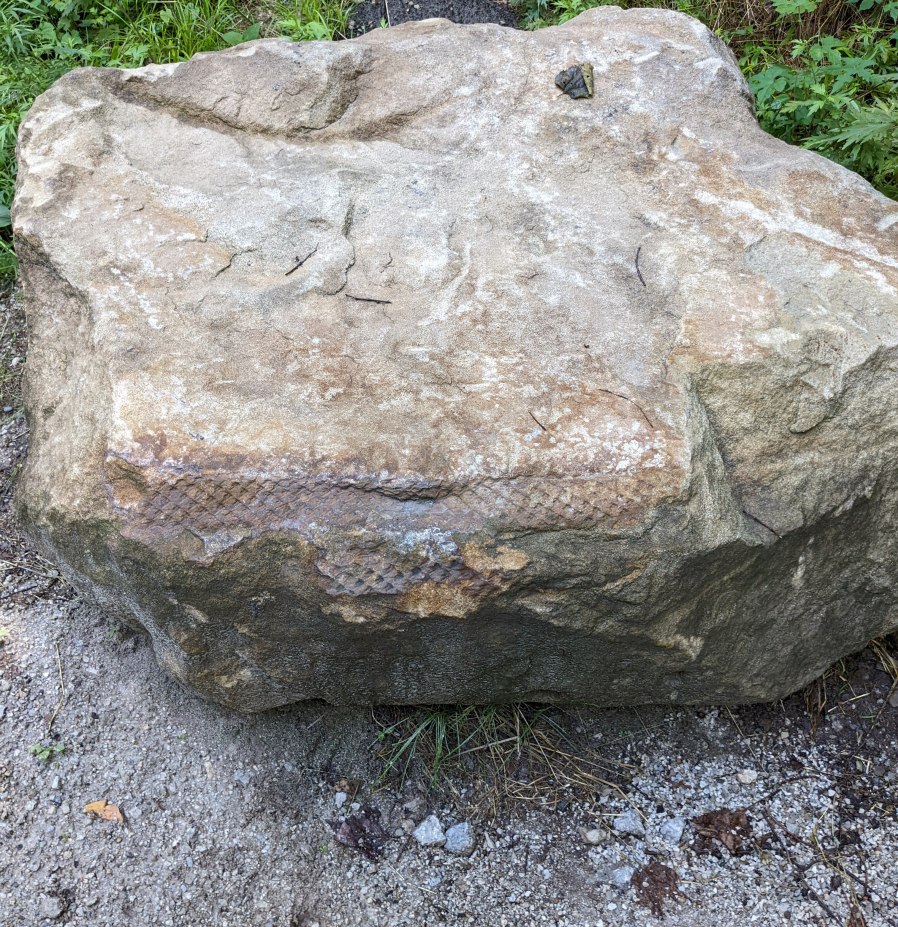
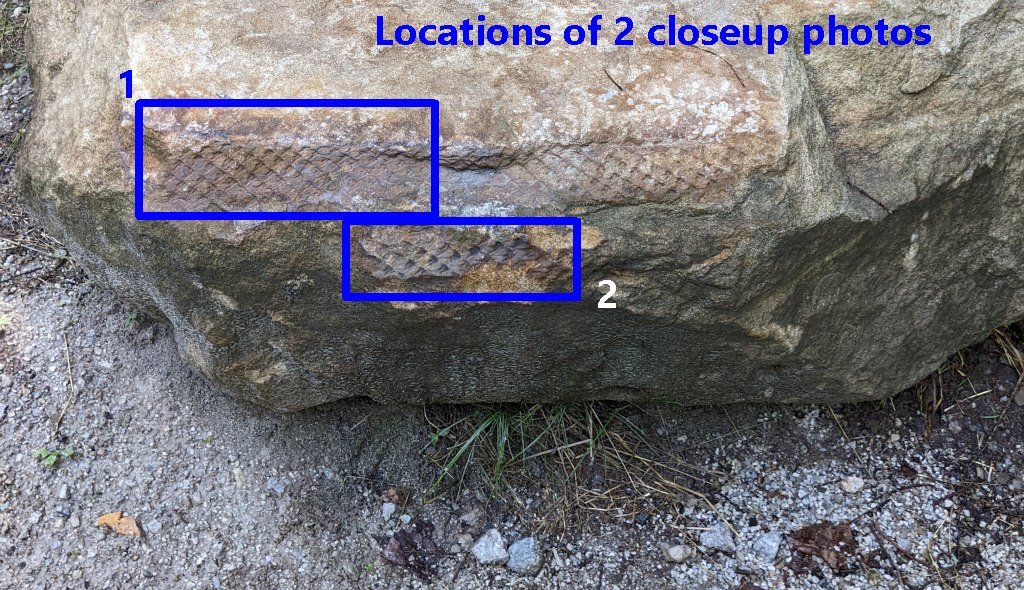
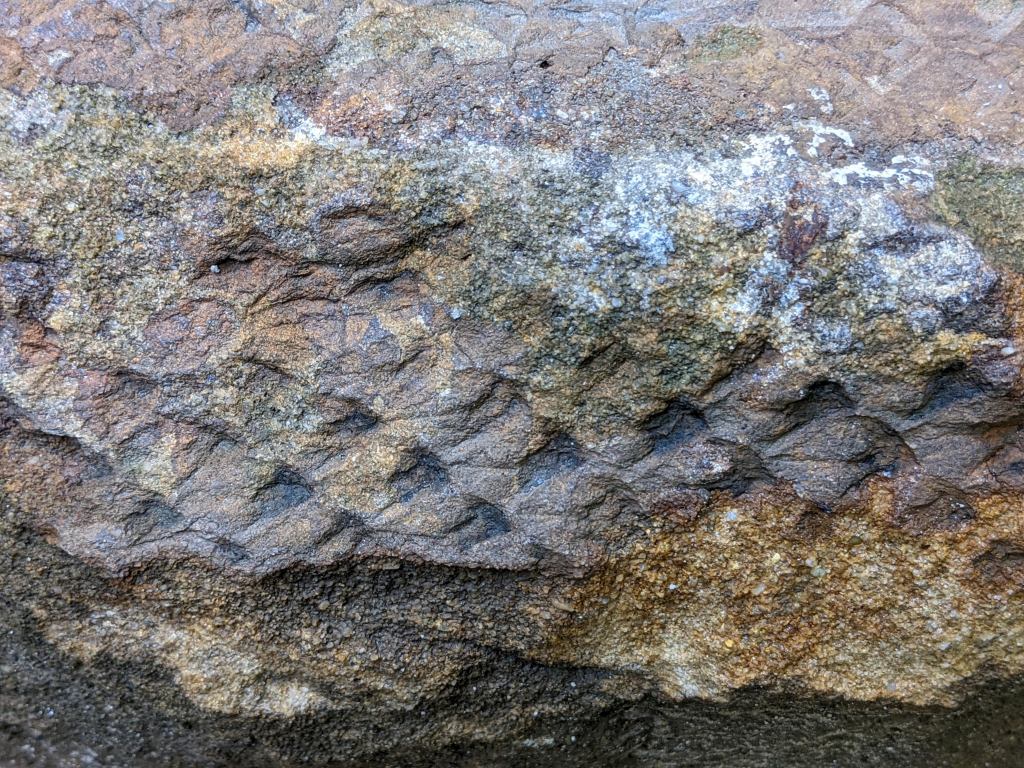
I have never seen Lepidodendron’s closest living relative, Lycopodium, in Schenley Park …
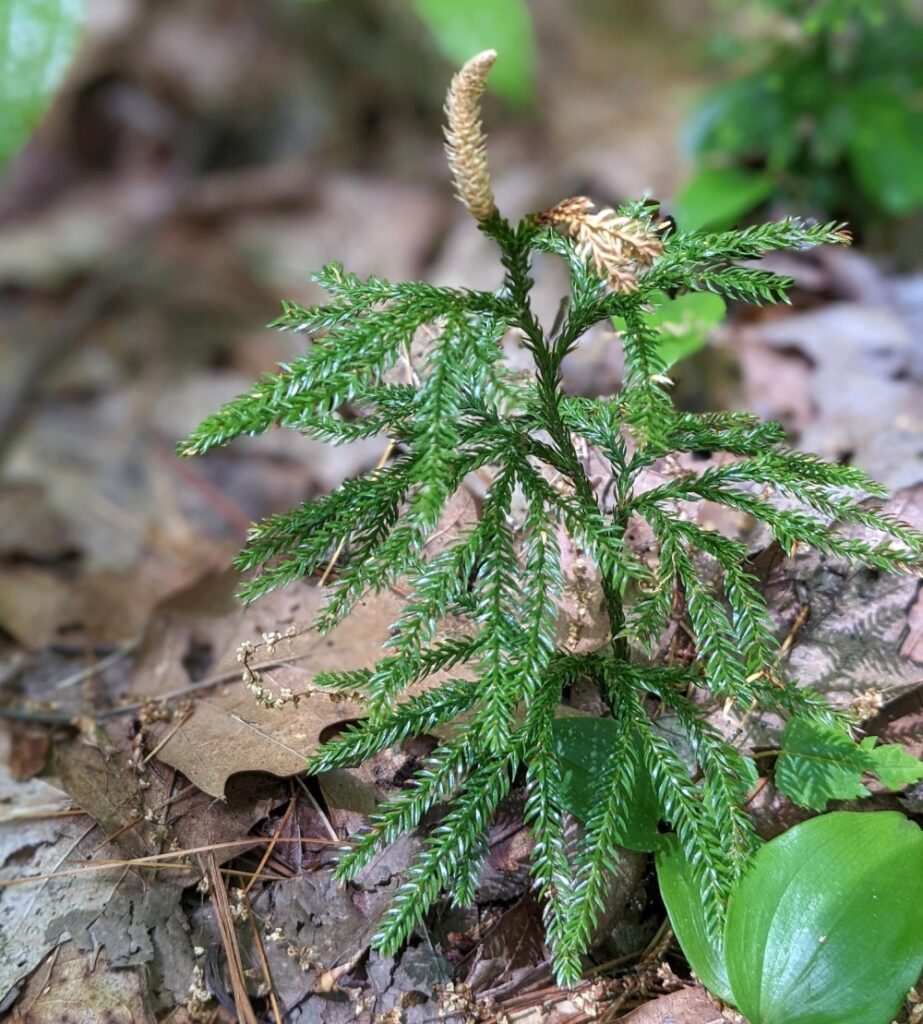
… but I’ll look for it now that I’ve seen its fossil ancestor.
Thank you to Public Works for placing this fossil rock on display in Schenley Park.
p.s. If this Lepidodendron had fallen in a swamp instead of on a sandy beach, it would have become coal. Read about similar fossils at Ferncliff Peninsula in Ohiopyle State Park in this vintage article: Fossils at Ferncliff
(photos by Kate St. John, illustrations from Wikimedia Commons; click on the captions to see the originals)
I found it illuminating to discover that the reason there are no dinosaur fossils here is because the Appalachians are older than the dinosaurs.
Bruce, WOW! I had no idea!
Found one of those fossils in Slippery Rock creek in McConnells Mill park last year, and I’m told they can be found regularly there.
I thought that lycopdium looked familiar. My family lived in Johnstown and would make wreaths. We would go in search of “Princess Pine” to pick it in order to make the wreaths. It was my least favorite holiday tradition, as my hands would itch so terribly. My aunt who made the wreaths was also apparently allergic as well, she would tell me in later years.
I’d be glad to leave the princess pine alone.